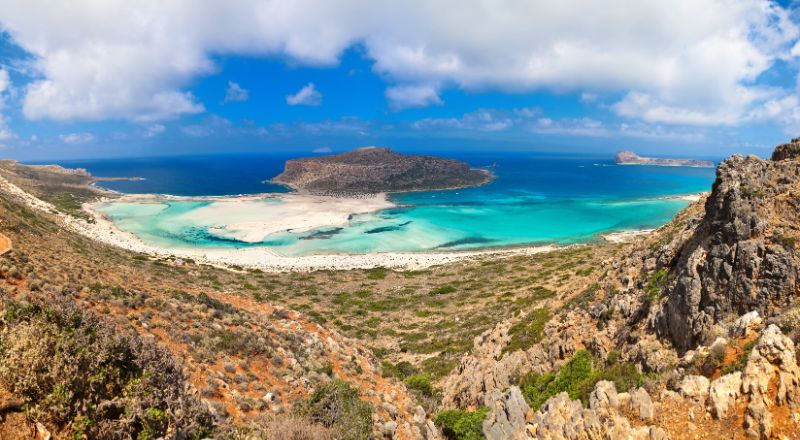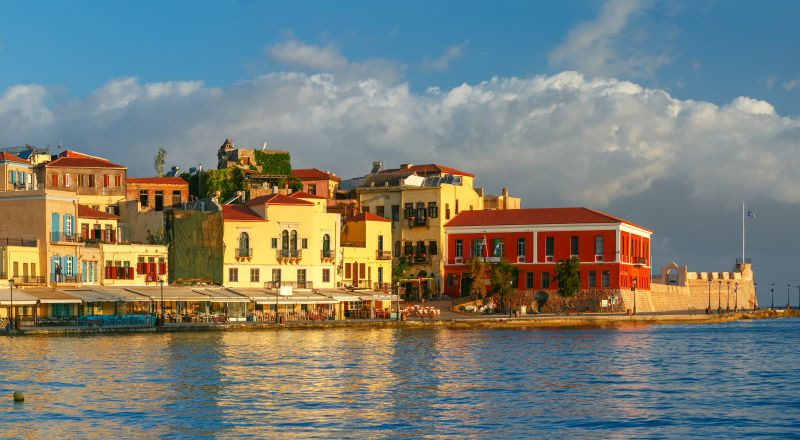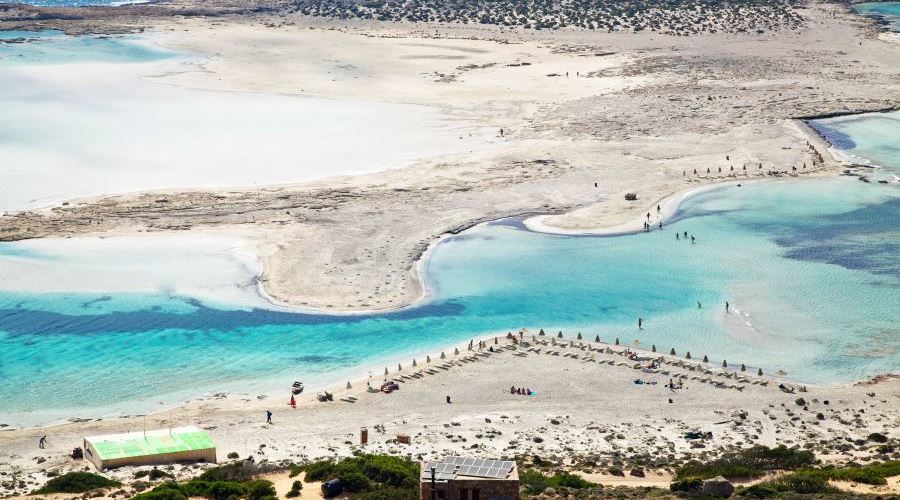Heraklion Crete
Heraklion is the capital of the island and one of the most interesting cities in Crete, in terms of exploration! It is located on the eastern side of Crete, between the Rethymno and Lassithi prefectures. In Heraklion, you’ll find a great selection of monuments, museums, bars, restaurants, hotels, and shops of every kind.
The history of Heraklion is reflected in its townscapes- this city combines old and new in a unique way that never fails to seduce visitors. The modern vibrant city of Heraklion coexists in harmony with the Heraklion Old Town, making exploration a fascinating activity. A walk around the town will get you to the picturesque port of Heraklion, Koules Fortress, the Venetian Loggia, the famous Morosini Fountain, and many more interesting landmarks.
If you want to peek into the tradition of Heraklion, head to the Agora. Agora is a commercial street, where you’ll find a huge selection of traditional products, such as Cretan cheese, socks, herbs, fresh fish, and meat. A stroll around Agora is also the perfect opportunity for you to interact with locals and receive warm Cretan hospitality!
Heraklion used to be the center of the ancient Minoan civilization. Thus, it’s not a surprise that in Heraklion prefecture, you’ll find two of the most important Minoan palaces, Knossos Palace and Phaistos palace. These two palaces are the absolute must-visits in Crete!
Some of the best hotels to stay in Heraklion are: Ibis Styles Heraklion Central, GDM Megaron Historical Monument Hotel, Legacy Gastro Suites, and Lavris City Suites.




Your email address will not be published. Required fields are marked.*